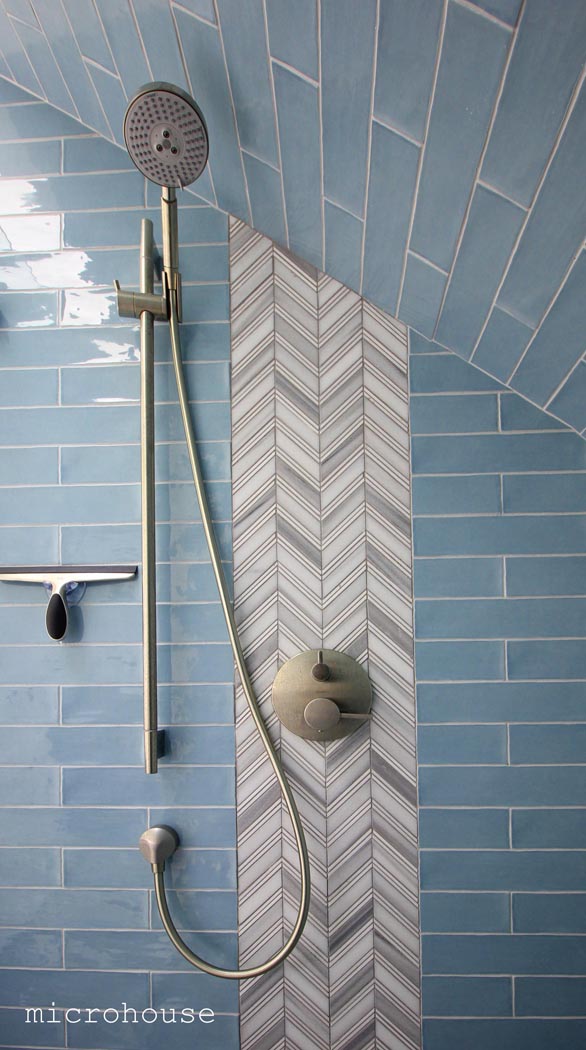a DADU used as a short term rental prior to grandfather's retirement
As city council prepares to vote on the proposed code changes to Seattle's single family zones, even amendments have been proposed. These include owner occupancy restrictions for short term rentals and allowance for bike parking.
Here is what we think is important.
The impact to removing the occupancy requirement is unknown. The environmental impact statement (EIS) prepared as part of the lawsuit doesn't appear to adequately predict the impact from removing this requirement. Detractors note that the EIS does not take into account the increasing trend to sell ADUs and their primary residence separately using a condominium or land-lease agreement. Owner occupancy for a period of time (3 years) is good and should minimize the destruction of naturally occurring affordable housing by speculative developers.
A proposed amendment by Lisa Herbold would prohibit short term rental use for new ADUs. It would be far better to maintain the owner occupancy requirement. Allowing owner's flexibility is crucial to long term planning for those contemplating building an ADU. The higher rate of return for a short term rental (STR) allows more ADU's and DADUs to be built. A majority of the homeowner's we work with plan to use their cottages as short term rental at some point. The magnolia cottage pictured above was rented out as a STR for a few years, which paid for construction, prior to the owner's father moving in.
Two proposed amendment would monitor ADU permitting and use this seems like a good idea.
The current proposal would allow the exclusion of up to 1,000 sq. ft. of garage space for ADUs. This is effectively a parking subsidy. A better solution would be limiting the exempted area to 200 sq. ft. or enough space for one car. One proposed amendment would allow 25 sq. ft. to be excluded for bike parking, seems unnecessary.
Comments may be submitted to Lisa Herbold lisa.herbold@seattle.gov


































